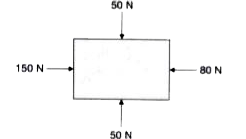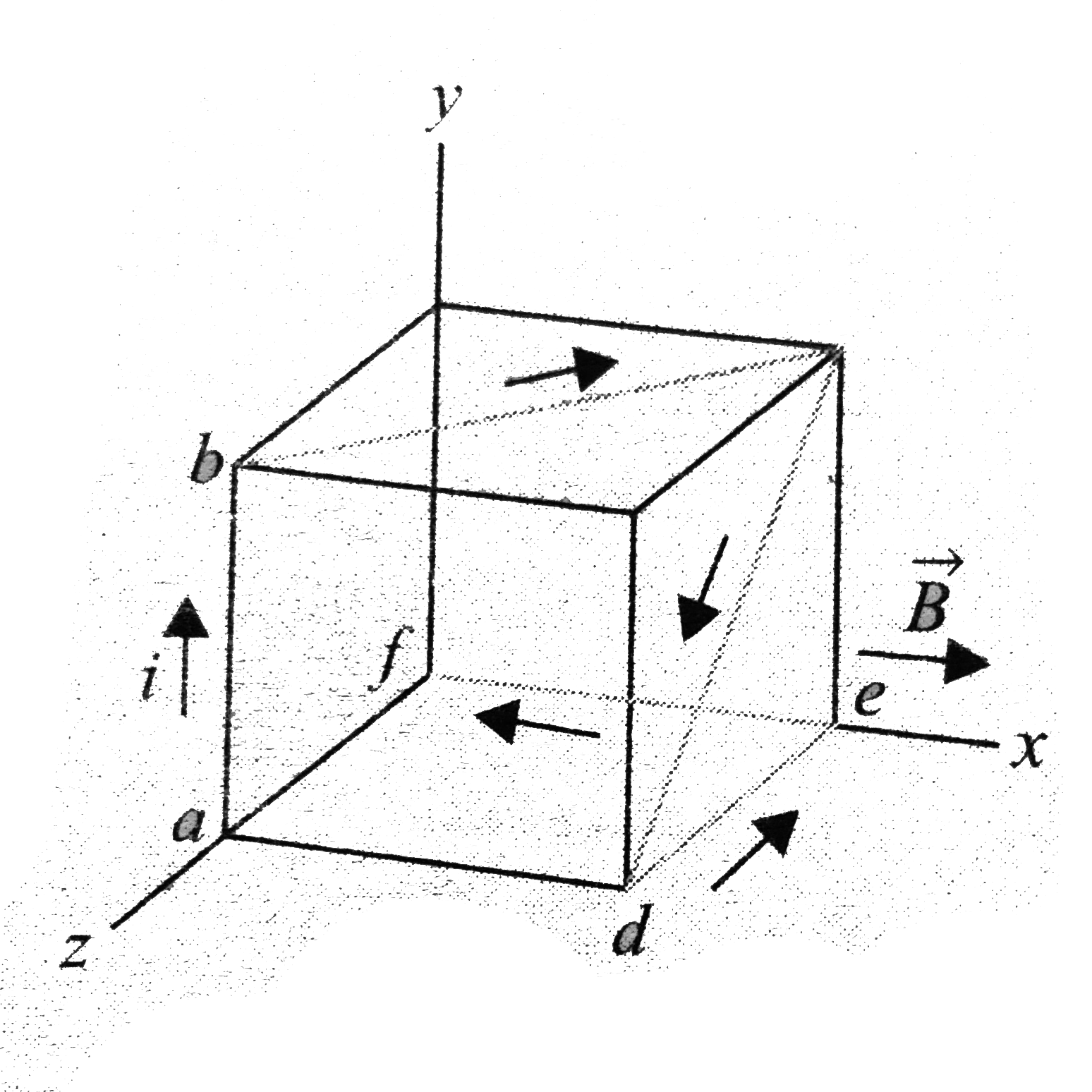Give the magnitude and directions of the net force acting on a rain drop falling with a constant speed.
The correct Answer is:as→a=0 so →F=0
To solve the problem of determining the magnitude and direction of the net force acting on a raindrop falling with a constant speed, we can follow these steps:
Step 1: Understand the Concept of Constant Speed
When an object is falling with a constant speed, it means that its velocity is not changing. This implies that the acceleration of the raindrop is zero.
Step 2: Apply Newton's Second Law
According to Newton's second law of motion, the net force acting on an object is given by the equation:
Fnet=m⋅a
where Fnet is the net force, m is the mass of the object, and a is the acceleration.
Step 3: Determine the Acceleration
Since the raindrop is falling with a constant speed, the acceleration a is zero:
a=0
Step 4: Calculate the Net Force
Substituting the value of acceleration into the equation from Step 2:
Fnet=m⋅0=0
This means that the net force acting on the raindrop is zero.
Step 5: Determine the Direction of the Net Force
Since the net force is zero, there is no net direction of force acting on the raindrop. However, it is important to note that while the raindrop is falling, it experiences two forces: the gravitational force acting downward and the drag force (air resistance) acting upward. These two forces are equal in magnitude and opposite in direction when the raindrop reaches constant speed, resulting in a net force of zero.
Final Answer
- Magnitude of the net force: 0 N
- Direction of the net force: There is no net direction since the net force is zero.
---
When an object is falling with a constant speed, it means that its velocity is not changing. This implies that the acceleration of the raindrop is zero.
According to Newton's second law of motion, the net force acting on an object is given by the equation:
Fnet=m⋅a
where Fnet is the net force, m is the mass of the object, and a is the acceleration.
Since the raindrop is falling with a constant speed, the acceleration a is zero:
a=0
Substituting the value of acceleration into the equation from Step 2:
Fnet=m⋅0=0
This means that the net force acting on the raindrop is zero.
Since the net force is zero, there is no net direction of force acting on the raindrop. However, it is important to note that while the raindrop is falling, it experiences two forces: the gravitational force acting downward and the drag force (air resistance) acting upward. These two forces are equal in magnitude and opposite in direction when the raindrop reaches constant speed, resulting in a net force of zero.
- Magnitude of the net force: 0 N
- Direction of the net force: There is no net direction since the net force is zero.
Topper's Solved these Questions
- BOOK - CBSE COMPLEMENTARY MATERIALCHAPTER - NEWTON'S LAWS OF MOTIONEXERCISE - 2 Mark Questions14videos
NEWTON'S LAWS OF MOTION
- BOOK - CBSE COMPLEMENTARY MATERIALCHAPTER - NEWTON'S LAWS OF MOTIONEXERCISE - 3 Marks Questions & Numericals21videos
NEWTON'S LAWS OF MOTION
- BOOK - CBSE COMPLEMENTARY MATERIALCHAPTER - MECHANICAL WAVESEXERCISE - MCQ20videos
MECHANICAL WAVES
- BOOK - CBSE COMPLEMENTARY MATERIALCHAPTER - PROPERTIES OF MATTEREXERCISE - MULTIPLE CHOICE QUESTIONS (MCQs)20videos
PROPERTIES OF MATTER
Similar Questions
Give the magnitude and direction of the net force acting on
(a) a drop of rain falling down with a constant speed
(b) a crok of mass 10 g floating on water
(c) a kit skilfully held stationary in the sky
(d) a car moving with a constant velocity of 30kh/h on a rough road
(e) a high speed electron in space for from all gravitational obects and free of electric and magnetic fields.View SolutionCalculate the magnitude and the direction of the resultant force acting on an object shown in the picture.
 View Solution
View Solution
Knowledge Check
- Question 1 - Select One
The net force acting is not zero on
AA retarding trainBA ball falling with terminal velocityCA kite held stationaryDA truck moving with constant velocity - Question 2 - Select One
There are four forces acting on a block as shown in the figure. The magnitude and direction of the net force acting on it is __________.
 A150 N, towards rightB100 N, upwardsC70 N, towards rightD70 N, towards left
A150 N, towards rightB100 N, upwardsC70 N, towards rightD70 N, towards left - Question 3 - Select One
What will be the resultant force when two forces act in opposite directions on an object?
Asum of two factorsBdifference between two factorsCboth of theseDnone of these
The cube as shown in Fig. 1.61, 75.0 cm on a side, is placed in a uniform magnetic field of 0.860 T parallel to the x-axis. The wire abcdef carries a current of 6.58 A in the direction indicated.
(a) Determine the magnitude and direction of the force acting on the segment ab.
(b) Determine the magnitude and direction of the force acting on the sement bc.
(c) Determine the magnitude and direction of the force acting on the segment cd.
(d) Determine the magnitude and direction of the force acting on the segment de.
(e) Determine the magnitude and direction of the force acting on the segment ef.
(f) What are the magnitude and direction of the total force on the wire ?
 View Solution
View SolutionThe contact force acting on a dropped body is
View SolutionMention the magnitude and direction of the net force each case. (Take g=10 m s−2)
 View Solution
View SolutionMention the magnitude and direction of the net force each case. (Take g=10 m s−2)
 View Solution
View SolutionThere are four forces acting on a block as shown in the figure ,The magnitude and direction of the net force acting on it is _______.
 View Solution
View Solution

